But don’t worry — by following some straightforward guidelines, you can confidently choose fabrics and wallpapers that work harmoniously together. For a deeper dive into pattern mixing basics, check out this guide on combining prints that breaks down the essentials perfectly. Ready to overcome your pattern-mixing jitters? Let’s get started.
Begin with a Thoughtful Color Palette
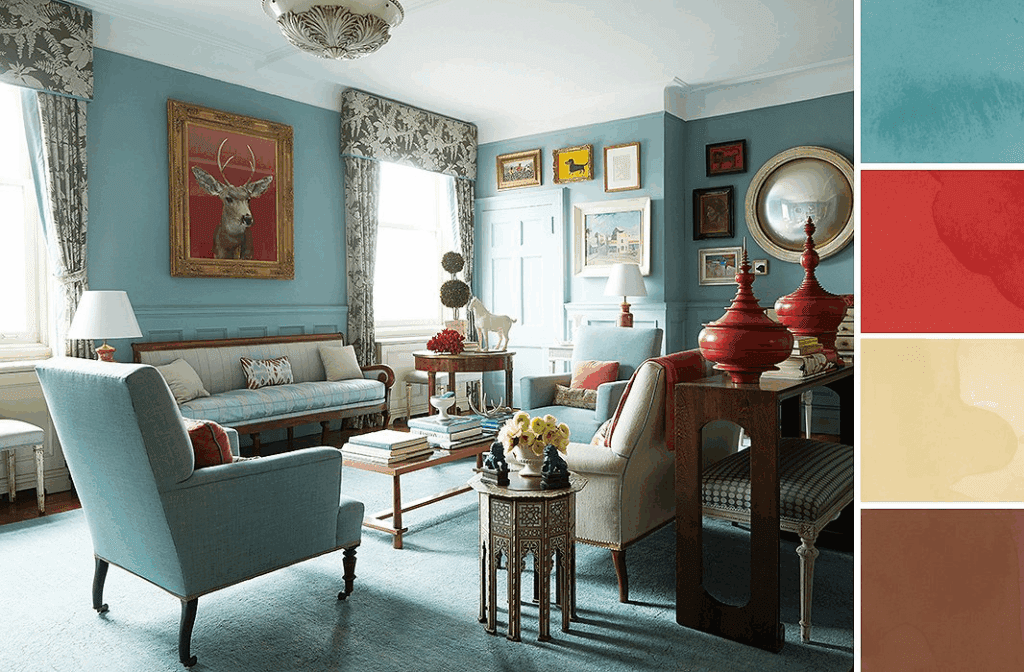
One of the most important steps before you mix any patterns is settling on a color scheme that sets the mood. For instance, florals in soft, summery shades can brighten up a room with warmth and light, while darker florals and leafy prints create a cozy, intimate vibe. If you prefer something more structured, geometrics and stripes in cooler tones like blues and greys can lend a sophisticated touch. For a lively and playful atmosphere, brighter hues are your go-to. To explore more about how color influences mood, this color psychology resource offers great insights.
Inventory Your Patterns and Textures
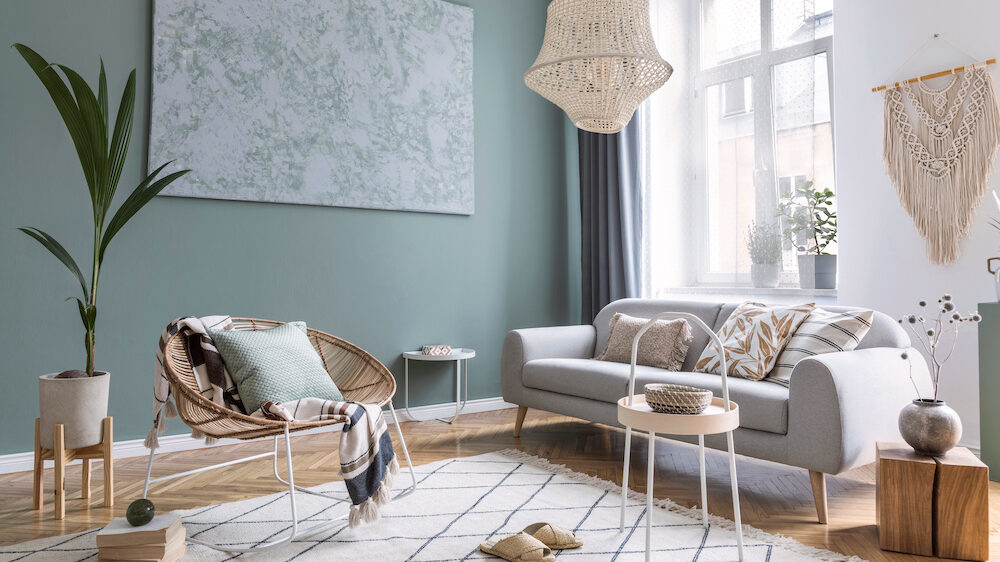
Start by gathering all the patterns you love or that already exist in your room. Don’t forget that textures like wood grain, exposed brick, or even fireplace detailing add their own unique “pattern” to your space. If you’re not starting from scratch, it’s essential to consider these when bringing in new designs. For inspiration on mixing different textures, see this helpful article on layering textures in interiors.
Edit and Experiment
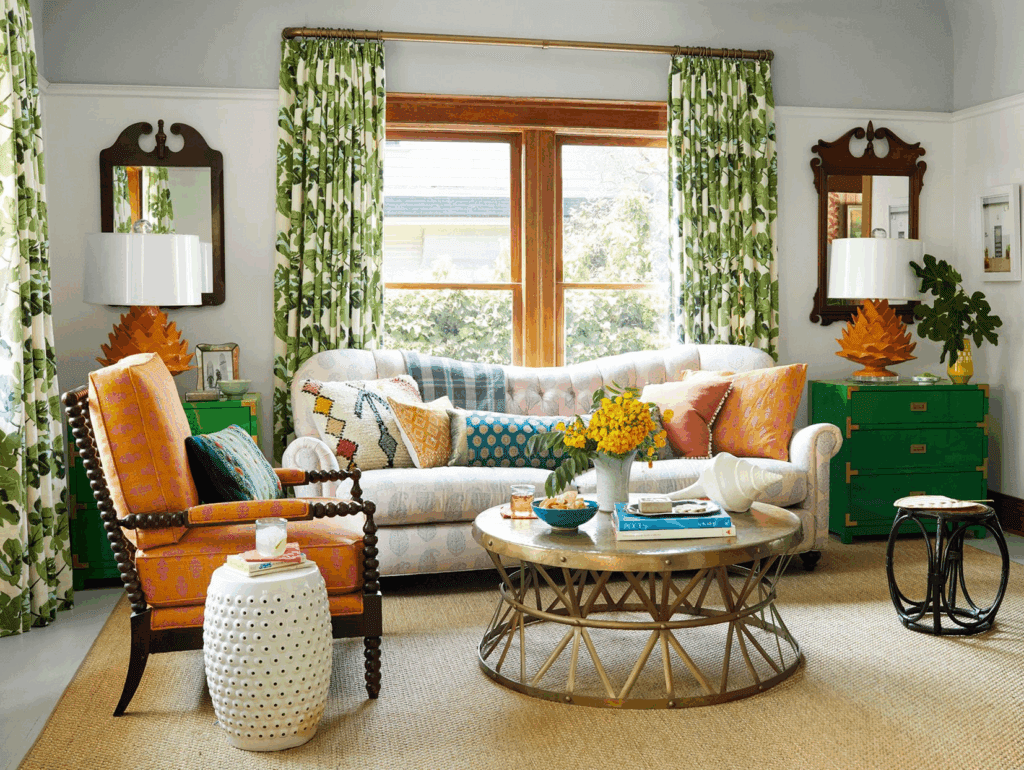
Now comes the fun part. Lay your fabric swatches side by side and experiment by moving them around. Some combinations might surprise you! It helps to step away and revisit your selections with fresh eyes, and observe how patterns look under different lighting throughout the day. For creative ways to experiment with patterns, this interior design blog offers practical tips and stunning examples.
Highlight Your Favorite Colors
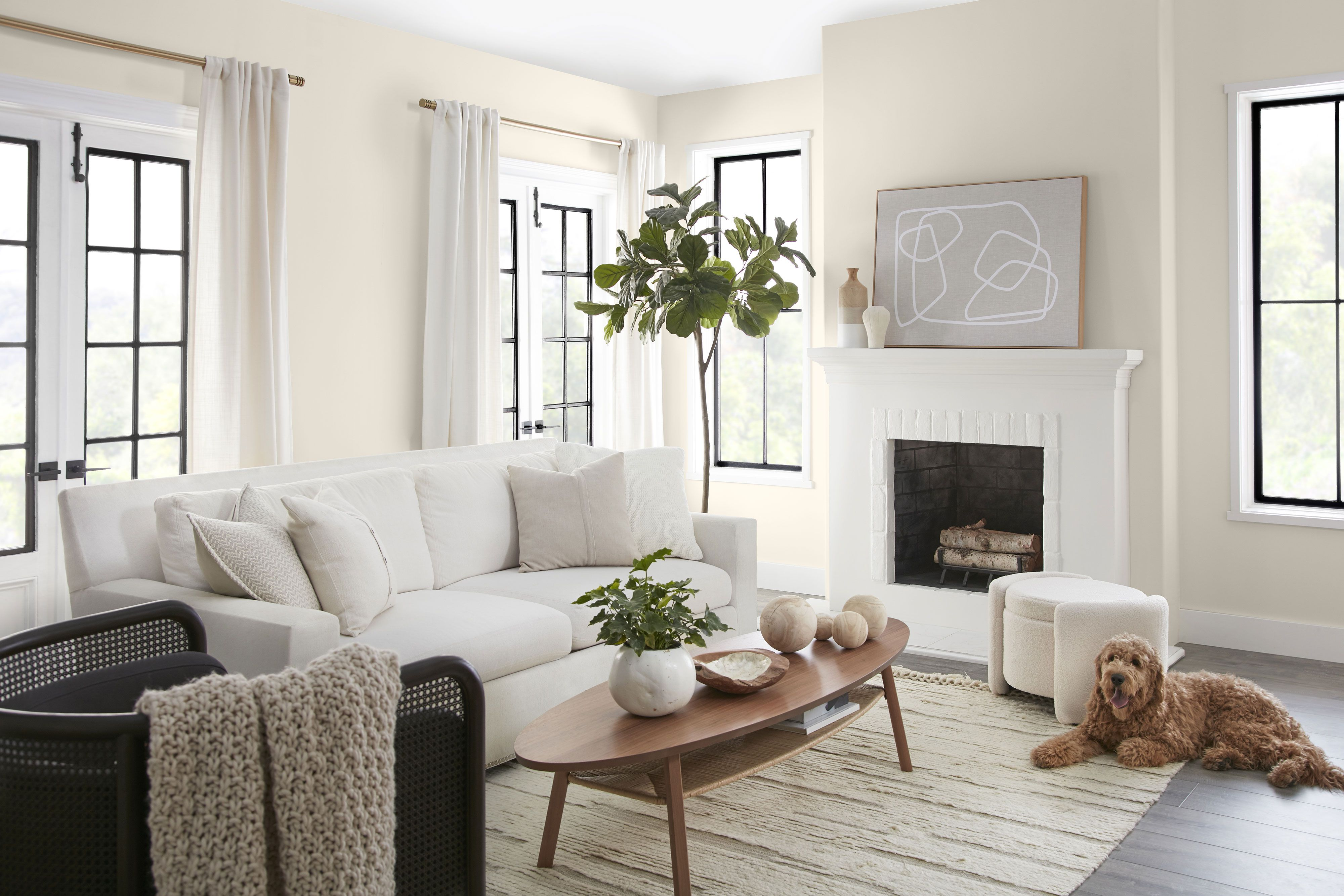
To make your pattern mix feel pulled together, build your scheme around your favorite colors. Use various shades of that color across cushions, curtains, or upholstery pieces to create harmony. This approach ensures your mix looks intentional rather than random, making the whole room feel balanced.
Mix Scale, Surface, and Texture
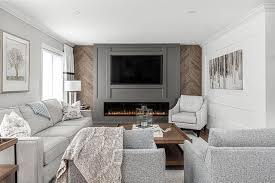
Balance is key — combine large-scale patterns that anchor the space with smaller patterns on accessories like cushions or rugs to fill in gaps. Break up busy areas with solid colors or neutrals to give your eyes a rest. Also, consider the surface you’re applying patterns to: a bold print might overwhelm a tiny cushion but shine on a curtain. Don’t hesitate to mix textures like weaves, embroidery, or shaggy rugs to add depth and interest.
Also Read : How to Decorate a Coffee Table in Your Living Room





